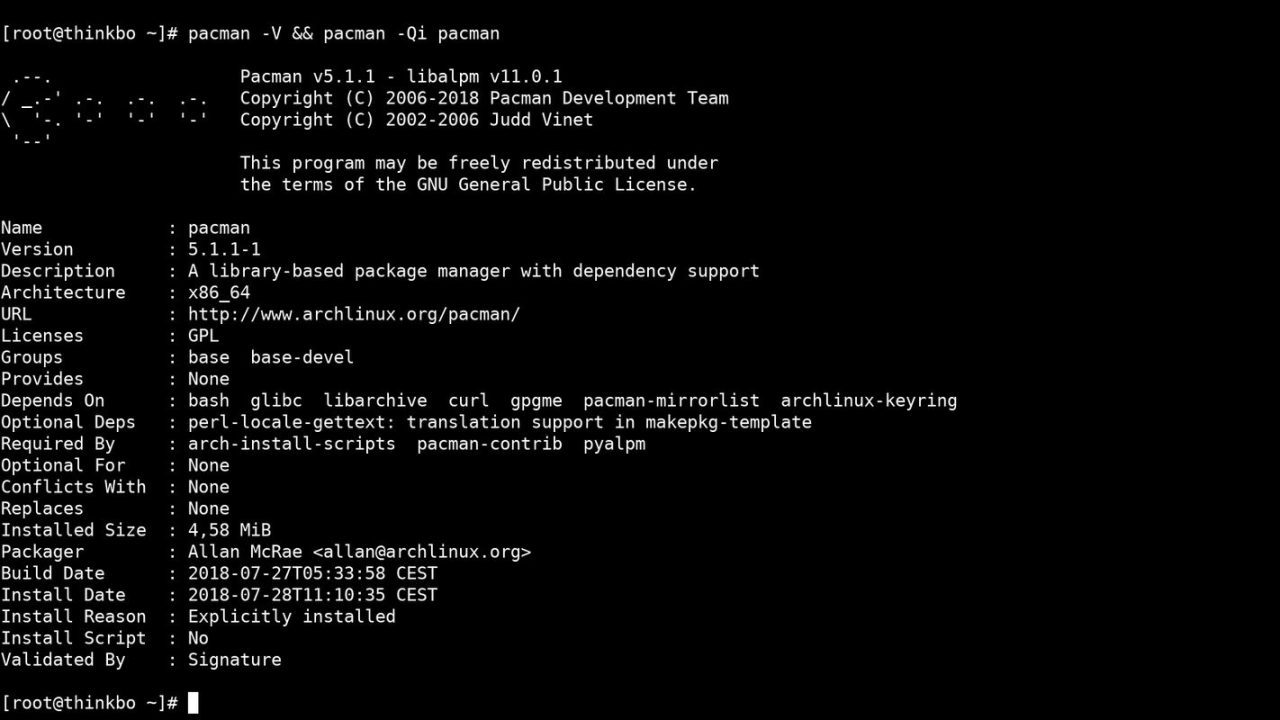Introduction
Why do Linux distros still bother making their own packages when we’ve got Flatpak (or Snap)? In an era of innovative new Linux distributions such as Flatpak and Snap, many people are wondering why Linux distros still bother to make their own packages. With these new technologies, it seems like the future of the Linux world lies in their hands. However, while it may seem like these technologies are superior alternatives, the truth is that Linux distro packages offer distinct advantages that can’t be replicated by Flatpak or Snap. In this article, we’ll discuss why Linux distros still make their own packages and the benefits of doing so.
What Challenges Do Linux Distros Face in an Age of Flatpak and Snap?
Flatpak and Snap have been designed to make installing software on Linux distributions easier and more streamlined than ever. In some cases, they have already begun to replace traditional Linux package managers as the go-to software installation tool for many users. As such, Linux distros have had to adapt or risk being left behind. One of the biggest challenges for Linux distros is that they need to make their packages available on a wide range of architectures. That means Linux distros need to take into account the various hardware and software configurations of different machines. Additionally, the sheer number of packages available for Linux means that it can be a challenge to keep up with the continuing development and maintenance of each package.
Read More: What Linux distributions are suited for cybersecurity students?
Unlocking the Benefits of Historic Linux Packages in the Modern Age
Despite the challenges, Linux distros still believe in the advantages of making their own packages. By creating their own packages, Linux distros are able to tailor their releases to the specific hardware and software configurations that make their users’ experience uniquely tailored and optimized. At the same time, they ensure that the packages they make available are up-to-date and secure.
- Customized Packages: Making their own packages enables Linux distros to customize the packaging structure to give users the best out-of-the-box experience.
- Repositories: Linux distros also have access to their own repositories for software packages, which ensures they have a wide range of software available at their fingertips.
- Security: Lastly, Linux distros are able to ensure that the packages they provide are secure and regularly updated.
Conclusion
Ultimately, it makes sense for Linux distros to continue making their own packages. By doing so, they can provide a tailored and secure experience for their users that can’t be replicated with Flatpak or Snap. While these technologies may be appealing in some respects, it’s clear that Linux distros still have a lot to offer by making their own packages.
What is your favorite package manager? Post in the comments below.

Aleksandar Paunovski is a Computer Science student at New Bulgarian University. He has more than 20 years of experience with computer systems. Aleksandar knows PHP, JavaScript, C++, CSS, and HTML and is an expert on WordPress, computer security, Linux, Mac OS, Chrome OS, and Windows. When not busy making sites, Aleksandar loves to listen to 90’s music, walk in the park, and post on his blog.

[…] Read More: Why do Linux distros still bother making their own packages when we’ve got Flatpak (or Snap)? […]